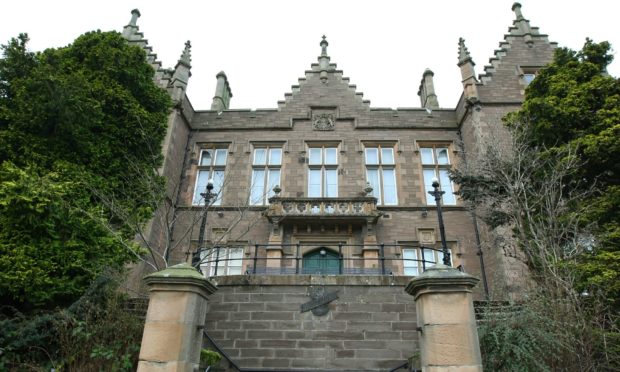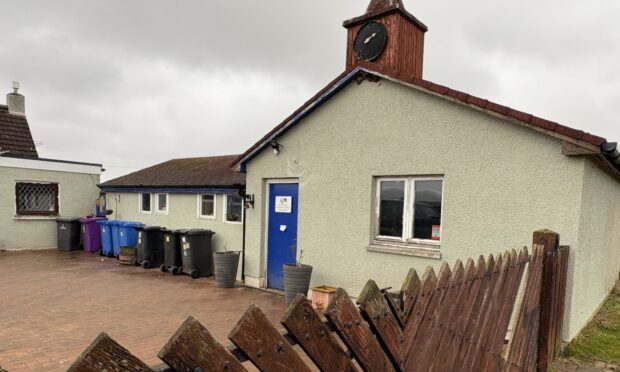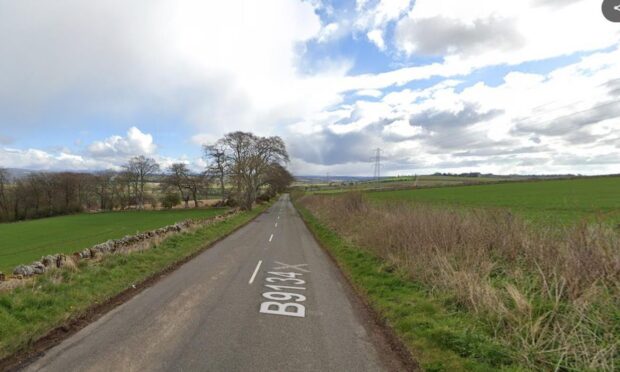An 80-year-old Fife farmer has denied damaging standing stones in a nationally important Neolithic or Bronze Age Angus site by carving a path through it for tree-clearing works.
Andrew Simpson will face trial later this summer in relation to four charges connected to alleged damage to the registered stone circles at Baldovie Wood, near Kirriemuir.
Prosecutors say he caused damage to two stone circles and three monoliths with mechanical works and then tried to repair it by replacing the stones after being told he should not.
The Cupar farmer has been charged under the 1979 Ancient Monuments and Archaeological Areas Act but was not present at Forfar Sheriff Court when his case called on Thursday and tendered a not guilty plea by letter.
Simpson, of Parbroath Farm, Cupar is alleged to have damaged two standing stones within the easternmost stone circle of the registered monument at Baldovie Wood, Greenmyre Farm, Kirrie between December 1 2018 and February 18 2019 without reasonable excuse by getting a contractor to carry out work to create a track.
The charge alleges one of the stones was pulled from its original position and the other completely removed.
A second charge alleges that Simpson carried out the work without lawful authority on the stones which he ought to have known were within a protected monument.
He is also alleged to have caused further damage without reasonable excuse after instructing the backfilling of the track between February 19 and April 15 last year having been advised not to carry out further works.
The fourth charge on the complaint faced by Simpson alleges the works between February and April were also carried out without lawful authority.
Sheriff Derek Reekie set trial for July 16, with an intermediate diet in the case on June 23.
The two stone circles and three monoliths at the site are thought to date from the late Neolithic or Bronze Age, the late third or second millennium BC.
The monument is recorded by Historic Environment Scotland and was first scheduled in 1937 in a site described as having high archaeological potential in the prehistoric landscape of Strathmore.










